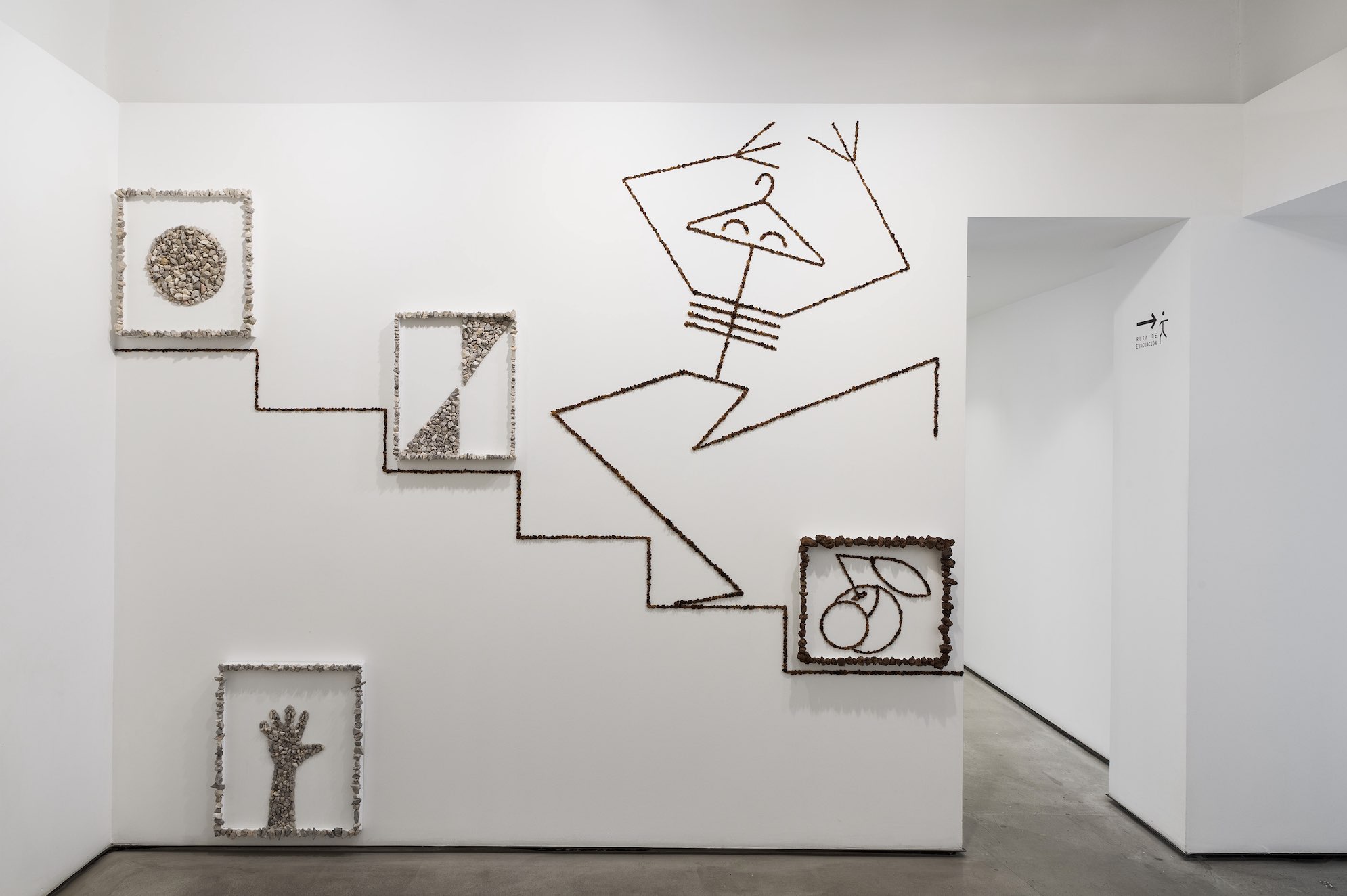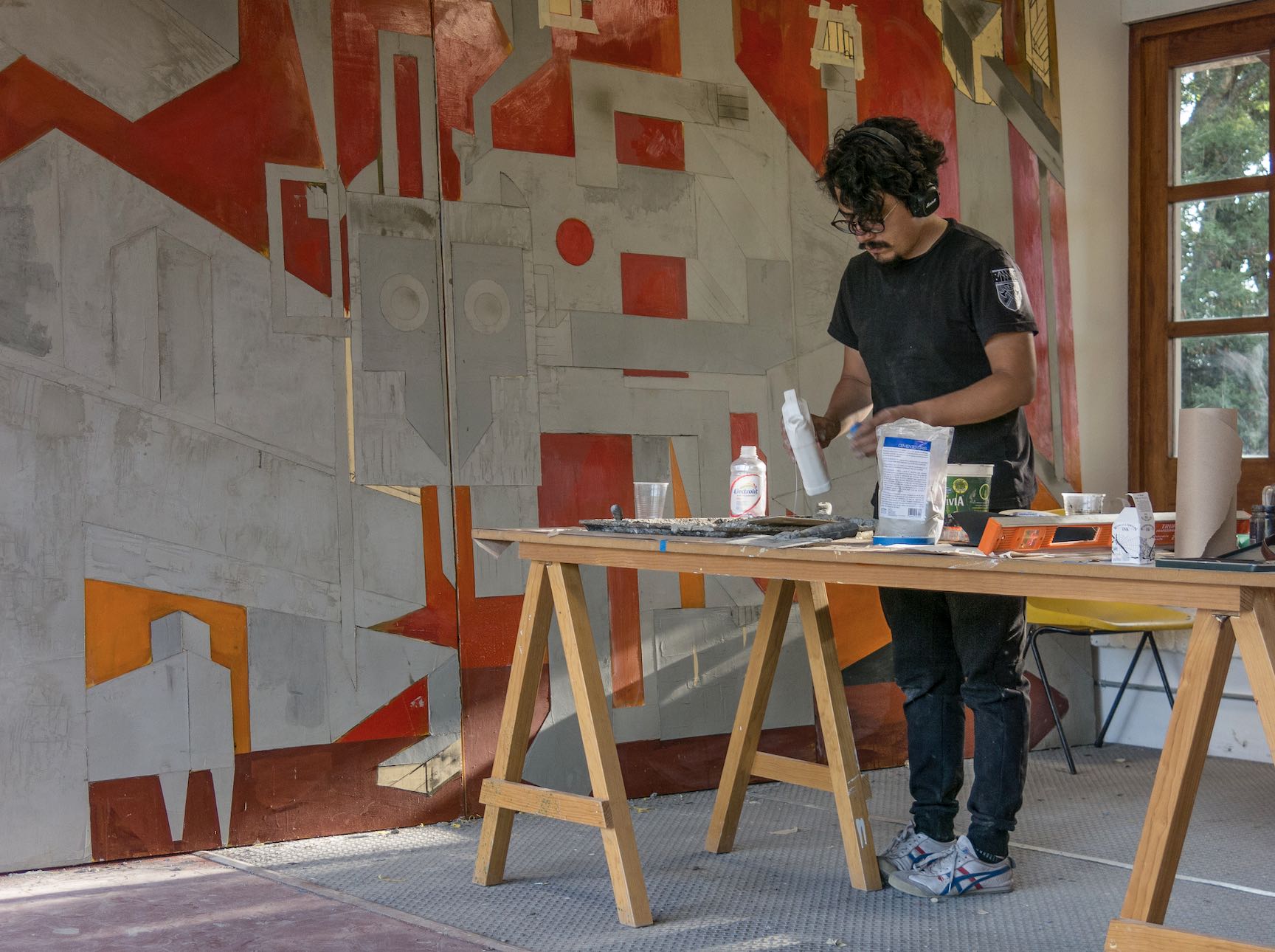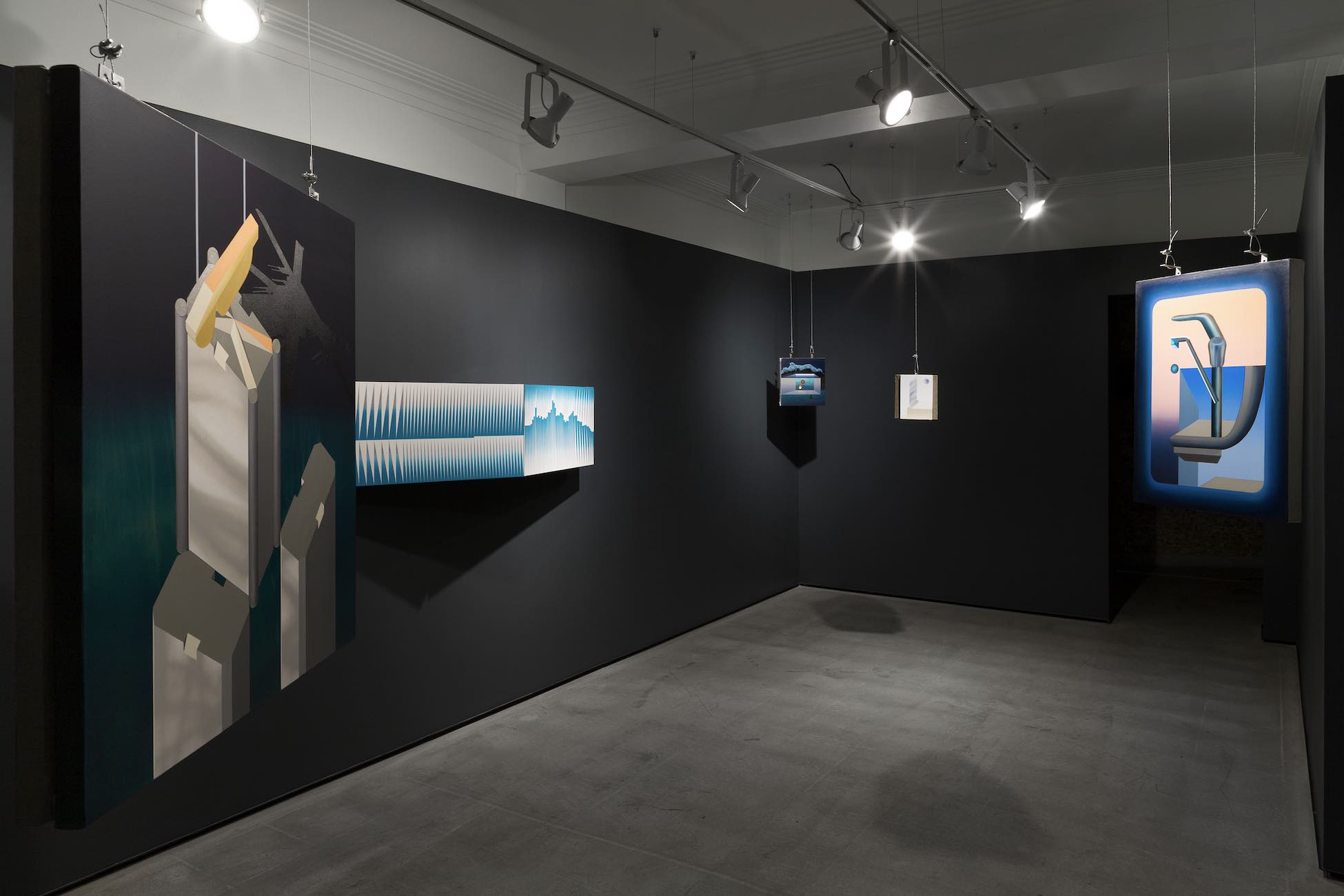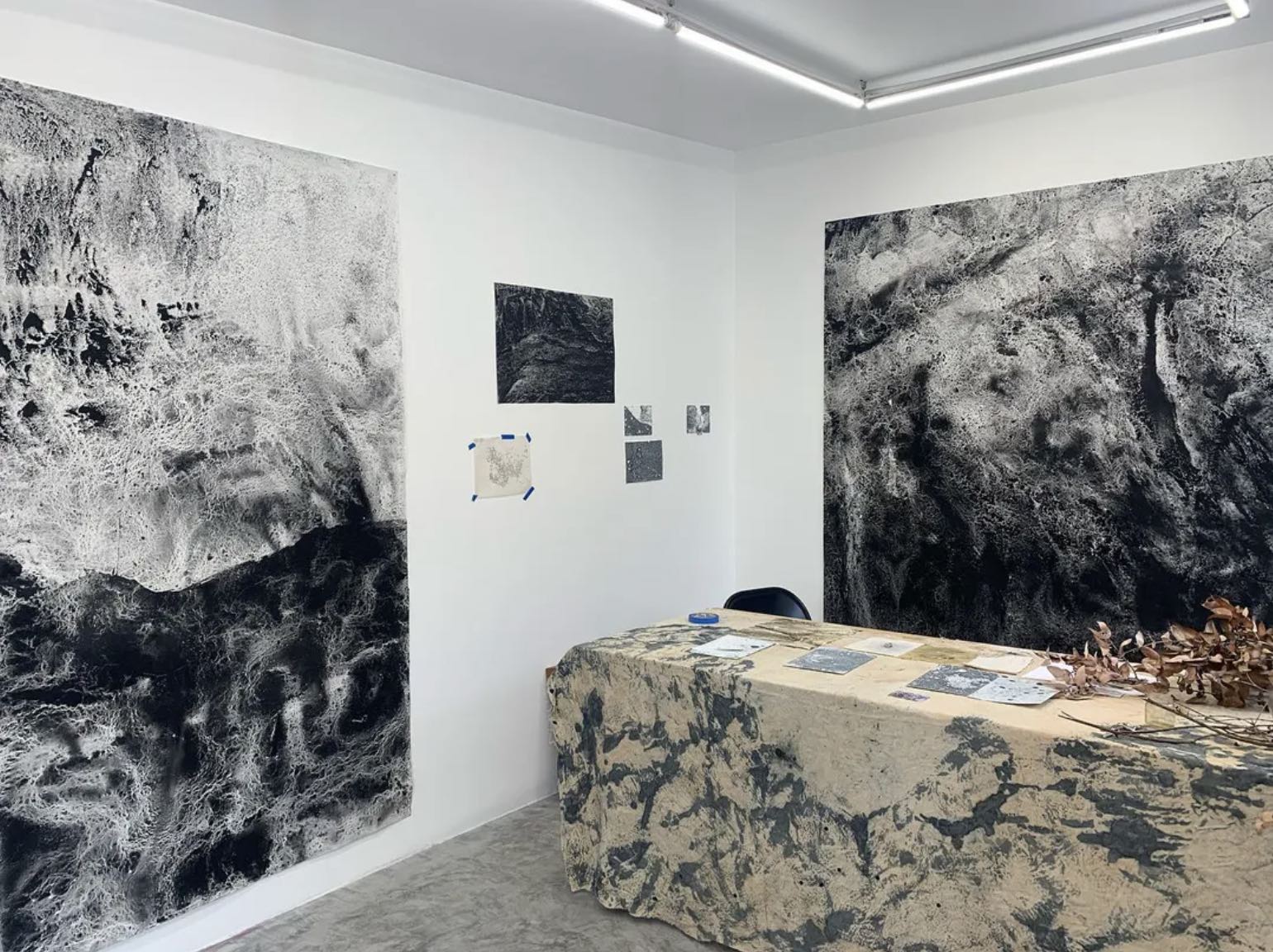
Essay
Of Insightful Encounters and Audacious Synergies
by Verónica Guerrero Molina
Reflections on New Collaborative Models in Mexico City’s Contemporary Art Ecosystem, Drawing from a Visit to laNao
Reading time
4 min
Last week I visited laNao, a space that in barely a year has already managed to position itself in Mexico City’s contemporary art ecosystem. Nekane Irigoyen and Ismael Sentíes welcomed me to this beautiful house in the Condesa neighborhood in order to tell me a bit more about their project and the dynamics generated in this space.
laNao is an art gallery that, without intending to break completely with the hegemonic synergies of the market, has found a crack in which to generate uncommon dynamics involving collaboration between various agents. Defining itself as an administration, connection, and liaison project—rather than as a typical art gallery—the leitmotiv of this project is to bridge the gap between what appear to be two very different realities: galleries and established artists in the contemporary art circuit, and emerging artists and independent spaces. “Sometimes the two worlds are very separate, that of emerging art and that of more established galleries. laNao wants to be this bridge between the two.”*1

It’s for this reason that laNao works with a basis in the generation of collaborative networks involving artists and curators, as well as gallery owners and collectors. Exemplary of these dynamics are the exhibitions that can be visited currently: Al tiempo del abraso and Paisaje póstumo. Both exhibitions present work that the artists Alma Saladín, Andrea Bores, Chavis Mármol, Néstor Jiménez, Marco Rountree, Miriam Salado, Tania Ximena, Cecilia Barreto, and Hugo Robledo carried out during their stay at the art residency Cobertizo. To which are added collaborations with Proyectos Monclova, guadalajara90210, Proyecto N.A.S.A.L., Llano, Saenger Galería, and Daniela Elbahara. “This is still a business, and it’s our way of making a living; however, that doesn’t mean that we can’t do things differently,”*2 Nekane asserted when I asked her about the number of people and projects involved in both exhibitions.

The various collaborative strategies that laNao has adopted open up a field of multiple possibilities, displacing more common criteria (such as commercial or personal ones). And this it does within the mainstream circuit of contemporary art, which in turn generates a much more interesting break. The fact that laNao emerges with new work models, without the need to inhabit the margins, generates destabilization from within. When we come to know ourselves within certain dynamics and we become aware of where we are, we can better understand power relations and synergies. Other spaces have chosen to inhabit the outside in order to leave individual, vertical, and elitist dynamics behind. Nevertheless, inhabiting the non-standard has its drawbacks.

When Nekane and Ismael allowed me the time to tour the house, I went up to the top floor in order to visit Andrea Bores’s studio. She is one of the four artists working in a studio within the space itself. Her most recent pieces include charcoal and indigo, with which she paints hypnotic landscapes of infinite textures. I asked about the space, the residency, and her feelings in this mixed area that is at once gallery and studio. She explained to me that, even though she produces her art in this space, laNao does not represent her. In fact, it does not represent any of the other three artists who also have their studios in the house. This is one more way of generating social capital, community, meetings, and mutual exchange.
From my visit to laNao I took with me hope for the possible. Not with the certainty that its concrete model is the exact path, the desired future, or the utopia to be pursued. The transforming force of the project does not lie in the unequivocal character of its synergies, but rather in the generation of the crack, in the opening of the field of possibilities from the given. These are the most powerful fractures, the ones that help to imagine new models in art. They are so because they destabilize the standard by showing it to be contingent instead of necessary.
Translated to English by Byron Davies
*1: Translation of words by Ismael Sentíes
*2: Translation of words by Nekane Irigoyen
Cover picture: work by Marco Rountree in Al tiempo del abraso
Published on August 31 2022